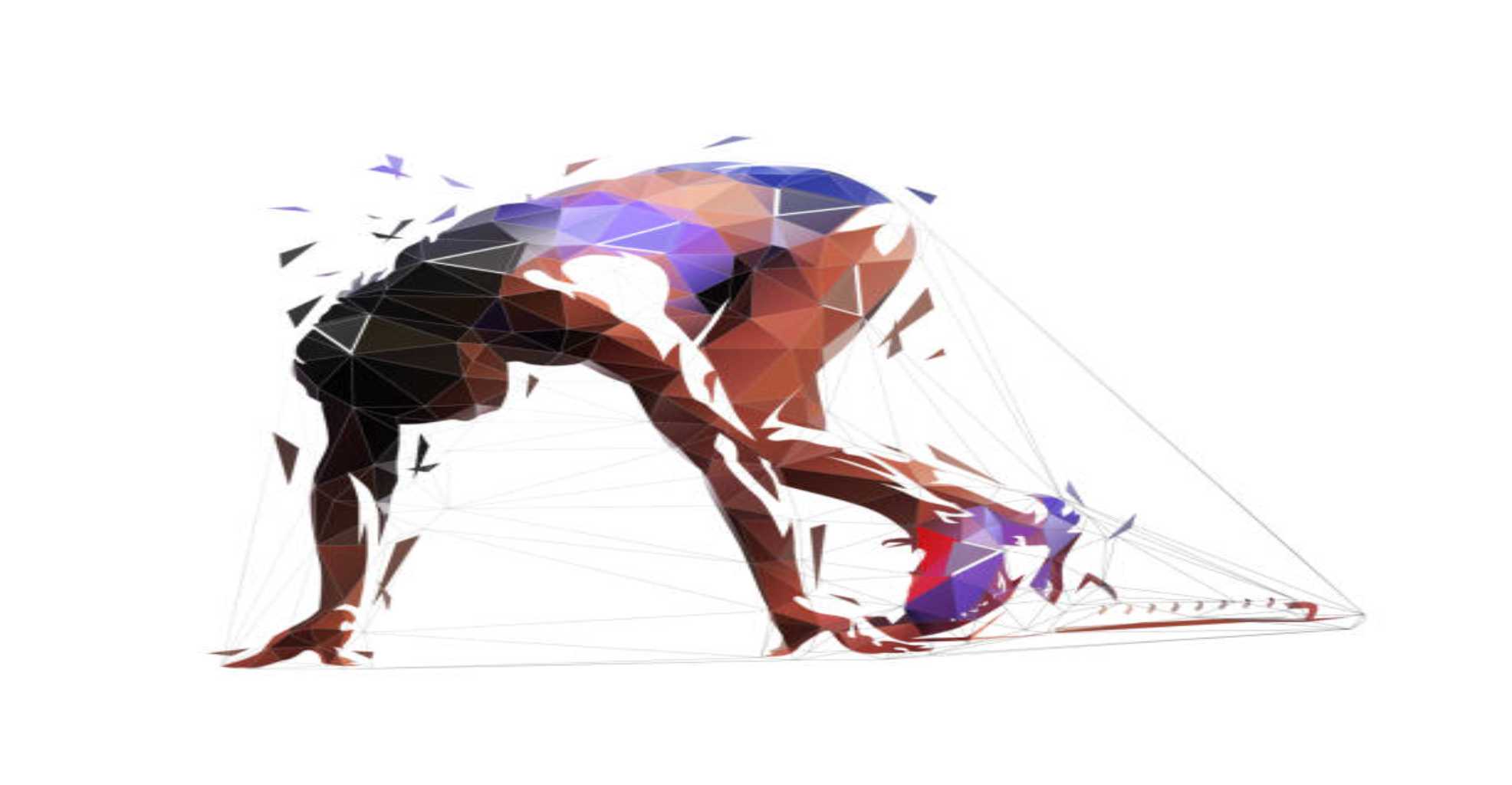The Art of Cover Design in Sports-Themed Books
In the world of publishing, a book’s cover is its first handshake with the reader—an invitation, a promise, and sometimes a challenge. Nowhere is this more important than in the niche of sports-themed books, where covers must balance the energy of athletics with the depth of storytelling.
Whether it's a children’s picture book, a young adult sports novel, or a biography of a legendary athlete, the cover plays a vital role in capturing attention and conveying tone.
So, what makes a great cover for a sports book? How does it stand out on a crowded shelf or a digital storefront? In this post, we’ll explore the unique considerations involved in designing covers for sports-themed literature—drawing on examples from fiction, non-fiction, and publishing trends to better understand what works, what doesn’t, and why.
Why Cover Design Matters—Especially for Sports
The publishing industry understands that a cover often determines a potential reader’s decision to click, browse, or buy. But in sports-themed books, the stakes are even higher. Sports readers—whether casual fans or seasoned athletes—respond to emotion, identity, and intensity.
A well-designed cover should immediately evoke:
-
Movement or momentum
-
Emotional stakes—victory, rivalry, resilience
-
Character identity or team dynamics
-
Visual cues of the sport itself (a ball, court, gear, stadium)
Whether the book is about a soccer-playing underdog or a retired champion recounting their rise, the cover must visually suggest the passion and drama that defines athletic experience.
Key Elements of Effective Sports Book Covers
1. Bold Typography with Impact
In sports-themed titles, fonts matter. Blocky, dynamic fonts give a sense of urgency and power, while script fonts might soften the mood for stories about friendship or teamwork. A nonfiction biography may use classic serif fonts to suggest credibility, while a middle-grade soccer novel may lean toward edgy, graffiti-style text.
Typography should reflect the energy of the sport and the tone of the narrative—serious, humorous, inspirational, or dramatic.
2. Action-Oriented Imagery
Many successful covers show an athlete mid-movement—kicking, running, jumping, swinging. These images bring a sense of physicality and tension to the cover. Even silhouettes or illustrated figures can create an exciting sense of action.
Some covers focus on the emotional intensity of a moment—close-ups of sweat-streaked faces, a player sitting on the bench, or two rivals staring each other down.
3. Sport-Specific Iconography
Every sport has its visual language: basketballs, cleats, baseball gloves, goalposts, jerseys, ice rinks, and stadium lights. Great covers integrate these without overloading the design. The key is subtlety with clarity—instantly communicating the sport without making the cover look generic or cluttered.
4. Color Palette that Reflects Tone
Colors can suggest the tone and genre of the story.
-
Red and black: High-stakes drama, competition, or thriller vibes.
-
Blue and white: Clean, classic, often used in biographies or historical sports stories.
-
Bright primaries: Great for children's books—inviting and energetic.
-
Muted tones: For reflective, nostalgic, or literary sports stories.
Color also plays a role in shelf visibility, especially in digital marketplaces.
Designing for Different Audiences
Children’s Picture Books
These covers typically feature friendly characters, colorful illustrations, and playful fonts. The sport is often depicted through equipment or a game in action, and the focus is less on competition and more on fun, friendship, and learning.
Examples:
-
Baseball Ballerina uses soft colors and shows a young girl juggling her passion for sports and dance.
-
Soccer Star by Mina Javaherbin shows a team of children playing in a Brazilian favela, using illustration to reflect social context and community.
Middle Grade and YA Novels
These covers must appeal to tween and teen readers who crave excitement and relatability. Designers use high-contrast visuals, dramatic poses, and often silhouettes to convey struggle, identity, and the challenges of adolescence.
Examples:
-
Ghost by Jason Reynolds features a sneaker-clad boy running across a bright yellow background—simple but powerful.
-
Booked by Kwame Alexander blends text and image with a kinetic, almost rhythmic energy that mirrors the narrative’s verse form.
Adult Fiction and Literary Sports Novels
Here, design leans more abstract or symbolic. Rather than showing the sport directly, covers may use metaphors—weather, shadows, or empty fields—to convey psychological tension or inner journeys.
Examples:
-
The Art of Fielding by Chad Harbach uses a minimalist baseball silhouette and subdued tones, hinting at a character-driven story rather than pure action.
-
Beartown by Fredrik Backman (a novel about a hockey town) uses snowy trees and an ice rink to suggest setting and mood.
Biographies and Memoirs
These books often feature photographs of the athlete, sometimes in iconic moments—hoisting trophies, making a game-winning shot, or training in solitude. The font and layout aim for credibility, authority, and gravitas.
Examples:
-
Becoming Kareem by Kareem Abdul-Jabbar uses a bold portrait and simple background to center the man behind the legend.
-
Open by Andre Agassi features a close-up of the tennis star’s face—vulnerable and raw—hinting at the memoir’s personal tone.
Challenges in Sports Cover Design
Avoiding Clichés
A common challenge is avoiding the overuse of tired tropes—gritty stadium lights, sweat-slicked faces, or overly intense expressions. If not used thoughtfully, these images can feel interchangeable and fail to capture what makes the story unique.
Balancing Accuracy and Aesthetics
Designers must ensure that gear, uniforms, and settings accurately represent the sport. A basketball with the wrong number of lines, or a soccer pitch shaped like an American football field, can break immersion for sports-savvy readers.
Reflecting Diversity and Inclusion
Modern sports literature increasingly features diverse characters and experiences—girls in skateboarding, Black swimmers, disabled athletes, and trans youth finding belonging through sport. Covers must authentically reflect these stories without stereotyping or tokenizing.
Trends Shaping Sports Book Cover Design
Illustration Over Photography
There’s a rising trend—especially in fiction and middle grade—to favor illustrated covers over photographic ones. Illustration offers more flexibility in tone, diversity, and emotional expression.
Minimalism and Symbolism
Especially in literary and YA markets, designers are embracing minimalist covers that use color and symbolism rather than literal depictions. A lone soccer ball on a rainy field might say more about loss and resilience than a high-action scene.
Typography-Driven Design
Some modern sports books let typography lead the visual charge, using bold, stylized fonts that double as design elements. These covers often feel contemporary, urban, and energetic—ideal for fast-paced narratives.
Tips for Authors and Publishers Working on Sports-Themed Covers
-
Know your audience: A young reader’s expectations differ vastly from an adult biography reader.
-
Prioritize emotional tone: Is your book about triumph, heartbreak, discovery, friendship, or grit? Let that drive the design.
-
Test for shelf impact: Does the cover stand out as a thumbnail online and also at full size?
-
Avoid overdesigning: Clean, focused visuals often carry more weight than busy collages or crowded action scenes.
-
Hire genre-savvy designers: A designer with experience in sports themes can avoid pitfalls and elevate your book’s visual identity.
Conclusion: Where Design Meets the Game
The art of cover design in sports-themed books lies in capturing movement, emotion, and meaning all in one image. Whether it’s the quiet tension of a final inning, the joy of scoring a first goal, or the heartbreak of defeat, sports covers must encapsulate those moments that make stories come alive.
As sports literature continues to diversify in age range, theme, and cultural perspective, cover design will play an ever-growing role in shaping how these stories are discovered and remembered. In the game of publishing, a strong cover isn’t just decoration—it’s the opening play.






